- عنوان کتاب: Music and Music Therapy Interventions in Clinical Practice
- نویسنده/انتشارات: Alfredo Raglio
- حوزه: روان درمانی
- سال انتشار: 2025
- تعداد صفحه: 684
- زبان اصلی: انگلیسی
- نوع فایل: pdf
- حجم فایل: 6.15 مگابایت
این کتاب درسی در درجه اول برای ایجاد یک مرجع بینالمللی برای افرادی که در حال تحصیل در رشته موسیقی درمانی هستند یا قصد دارند در این رشته تحصیل کنند، تدوین شده است. پس از سالها تجربه بالینی و پژوهشی، احساس کردم که میخواهم با استفاده از موسیقیدرمانی مبتنی بر شواهد به عنوان یک چارچوب راهنما، وضعیت فعلی این رشته را ترسیم کنم. این رویکرد که تجربه حرفهای من را شکل داده است، به عنوان پایه و اساس این کار عمل میکند. این جلد با یک دیدگاه بازتعریفشده در مورد موسیقیدرمانی آغاز میشود و رویکردهای اصلی و جاافتاده موسیقیدرمانی، چه فعال و چه پذیرا، و همچنین رویکردهای جدیدتر و نوآورانهتر را معرفی میکند. نوآوری، خود موضوع اصلی این راهنما است و تمرکز آن بر این است که چگونه فناوری و پیشرفتهای نوین میتوانند سناریوهای جدیدی را ایجاد کرده و پتانسیل درمانی موسیقی را گسترش دهند. این دیدگاه نوآورانه با هدف اصلی خود، کاملاً مبتنی بر شواهد باقی میماند: مؤثرتر و قابل دسترستر کردن مداخلات درمانی با موسیقی. علاوه بر این، هدف این کتاب درسی افزایش آگاهی و تشویق مؤسسات و نهادها به پذیرش موسیقی به عنوان منبعی ارزشمند در پیشگیری، درمان و توانبخشی است، با رعایت دقت علمی و اصول اخلاقی که همه اشکال مراقبت به آن نیاز دارند. ساختار کتاب درسی به شرح زیر سازماندهی شده است. فصلهای اولیه (فصلهای ۲، ۳ و ۴) مبانی علمی این رشته را پایهریزی میکنند. فصلهای بعدی (فصلهای ۵، ۶، ۷، ۸، ۹ و ۱۰) رویکردهای اصلی فعال و پذیرا را به تفصیل شرح میدهند و پس از آن فصلی (فصل ۱۱) به تشریح چارچوب مداخله موسیقیدرمانی اختصاص دارد. بخش بعدی (فصول ۱۲، ۱۳، ۱۴، ۱۵، ۱۶، ۱۷ و ۱۸) مهمترین متون و شواهد مربوط به حوزههای کلیدی کاربرد را ارائه میدهد. بخش پایانی بر تحقیق (فصلهای ۱۹ و ۲۰) تمرکز دارد و یک مرور کلی (فصل ۱۸) و یک دیدگاه نوآورانه در مورد تحلیل فرآیند با استفاده از ابزارهای عینی مانند تکنیکهای تصویربرداری عصبی و سیستمهای تشخیص حرکت (فصل ۲۰) ارائه میدهد. یکی از اهداف این کار تقویت گفتگو بین موسیقی و علم و همچنین بین موسیقی و پزشکی است. این روابط امروزه به نقطه عطف قابل توجهی رسیدهاند که ناشی از جنبههای مختلفی است: از یک سو، رشد قابل توجه در تحقیقات موسیقی درمانی؛ از سوی دیگر، نیاز روزافزون به توسعه درمانهای غیردارویی مبتنی بر یک رویکرد جامع مبتنی بر شواهد. مایلم مراتب قدردانی عمیق خود را از تک تک مشارکتکنندگانی که نگارش این راهنما را ممکن ساختند، ابراز کنم – همکاران و در بسیاری از موارد، دوستانی که بخشی از سفر حرفهایام را با آنها گذراندهام. تخصص و تمایل آنها در انتشار این اثر اساسی بوده است. امیدوارم مطالب ارائه شده در اینجا الهامبخش متخصصان موسیقیدرمانی، مسافران، محققان و هر کسی باشد که علاقهمند به رویکرد علمی به این حوزه است.
This textbook was primarily conceived to establish an international reference point for individuals who are pursuing or plan to pursue an academic training in the field of music therapy. After many years of clinical and research experience, I felt the desire to delineate the current state of the art in the discipline, using Evidence-Based Music Therapy as a guiding framework. This approach, which has shaped my professional experience, serves as the foundation for this work. The volume begins with a redefined perspective on music therapy, introducing the main and most established music therapy approaches, both active and receptive, as well as more recent and innovative approaches. Innovation itself is a core theme of this manual, with a focus on how technology and novel advancements could open new scenarios and expand the therapeutic potential of music. This innovative perspective remains rigorously grounded, with a primary goal: to make therapeutic interventions with music more effective and accessible. Additionally, the textbook aims to raise awareness and encourage clinicians and institutions to adopt music as a valuable resource in prevention, therapy, and rehabilitation, adhering to the scientific rigor and ethical principles that all forms of care demand. The structure of the textbook is organized as follows. The initial chapters (Chaps. 2, 3, and 4) establish the scientific foundations of the discipline. Subsequent chapters (Chaps. 5, 6, 7, 8, 9, and 10) detail main active and receptive approaches, followed by a chapter (Chap. 11) dedicated to outlining the framework of a music therapy intervention. The next section (Chaps. 12, 13, 14, 15, 16, 17, and 18) presents the most significant literature and evidence on the key areas of application. The concluding section focuses on research (Chaps. 19 and 20), offering a general overview (Chapter 18) and an innovative perspective on process analysis using objective tools such as neuroimaging techniques and motion detection systems (Chap. 20). One of the goals of this work is to strengthen the dialogue between music and science, as well as between music and medicine. These relationships are reaching nowadays a significant turning point, driven by different aspects: on the one hand, the remarkable growth in music therapy research; on the other hand, the increasing need to develop nonpharmacological therapies grounded in a holistic evidencebased approach. I would like to express my deep gratitude to the individual contributors who made this manual possible—colleagues and, in many cases, friends with whom I have shared part of my professional journey. Their expertise and willingness have been fundamental in the publication of this work. I hope that the contents presented here will serve as an inspiration for music therapy professionals, clinicians, researchers, and anyone interested in approaching this field from a scientific perspective.
این کتاب را میتوانید از لینک زیر بصورت رایگان دانلود کنید:
Download: Music and Music Therapy Interventions in Clinical Practice



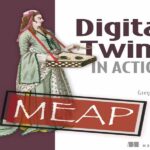


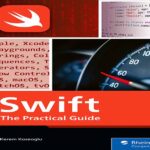





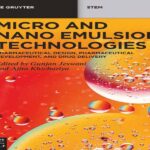
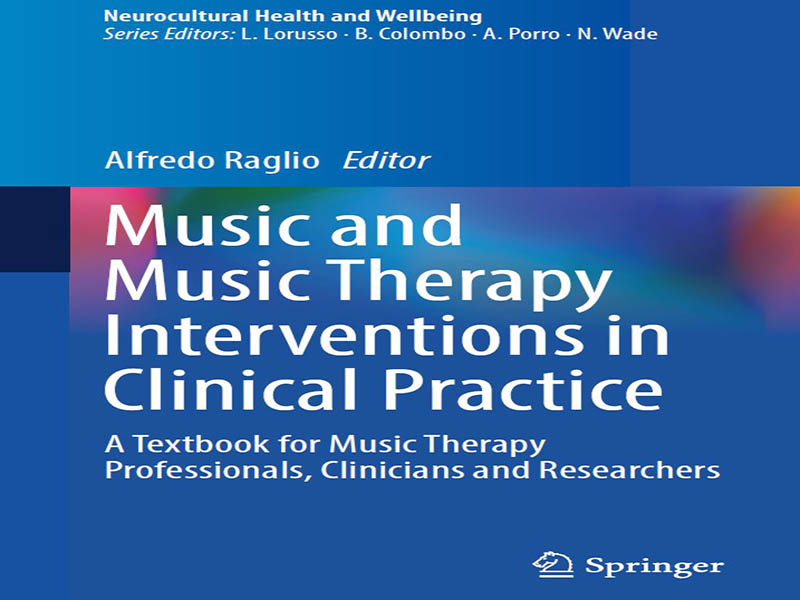







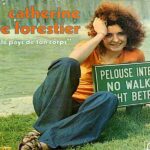





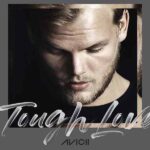








نظرات کاربران